Foot Soldiers that never retreat!
True, pawns cannot go backwards, only forwards or diagonally to capture, on it’s first move it may move two squares or one square, after that, only one square at a time. I’m sure you all that by now, but there’s a few things you need to bear in mind about pawns.
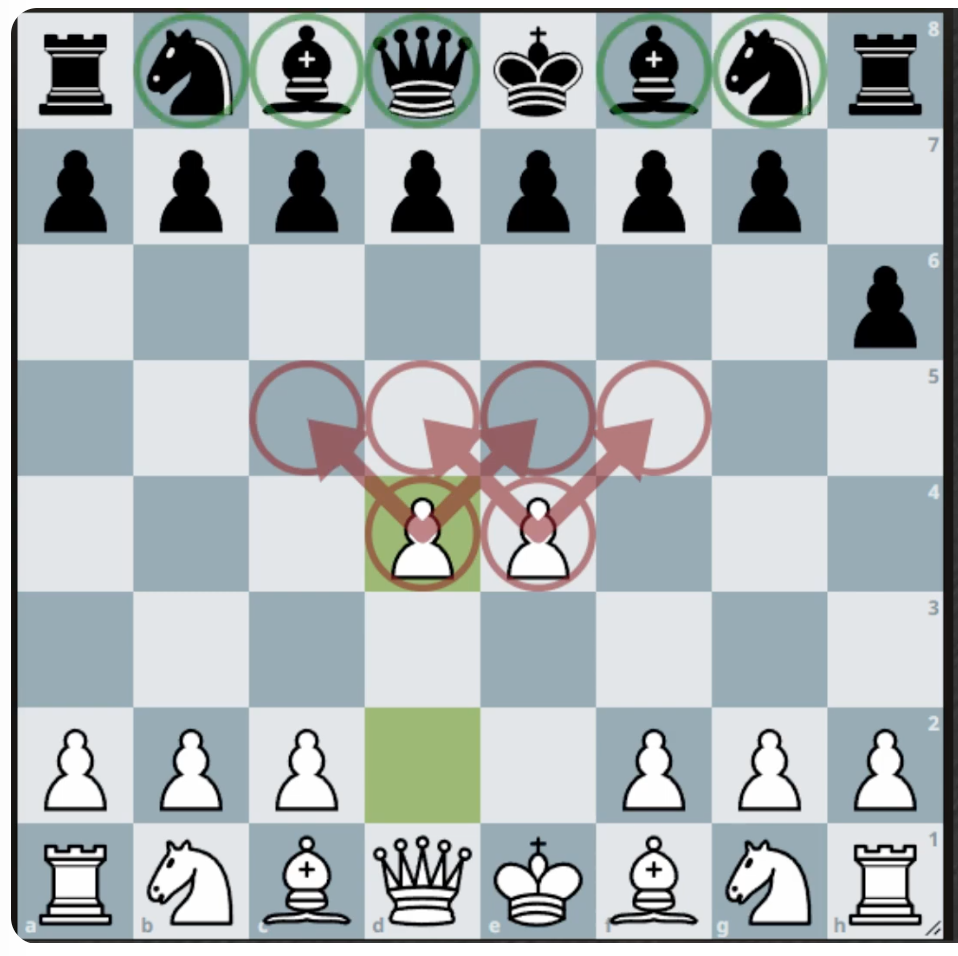
If your opponent allows you to, control the centre with d4 and e4, this also lets the Bishops out to run riot.

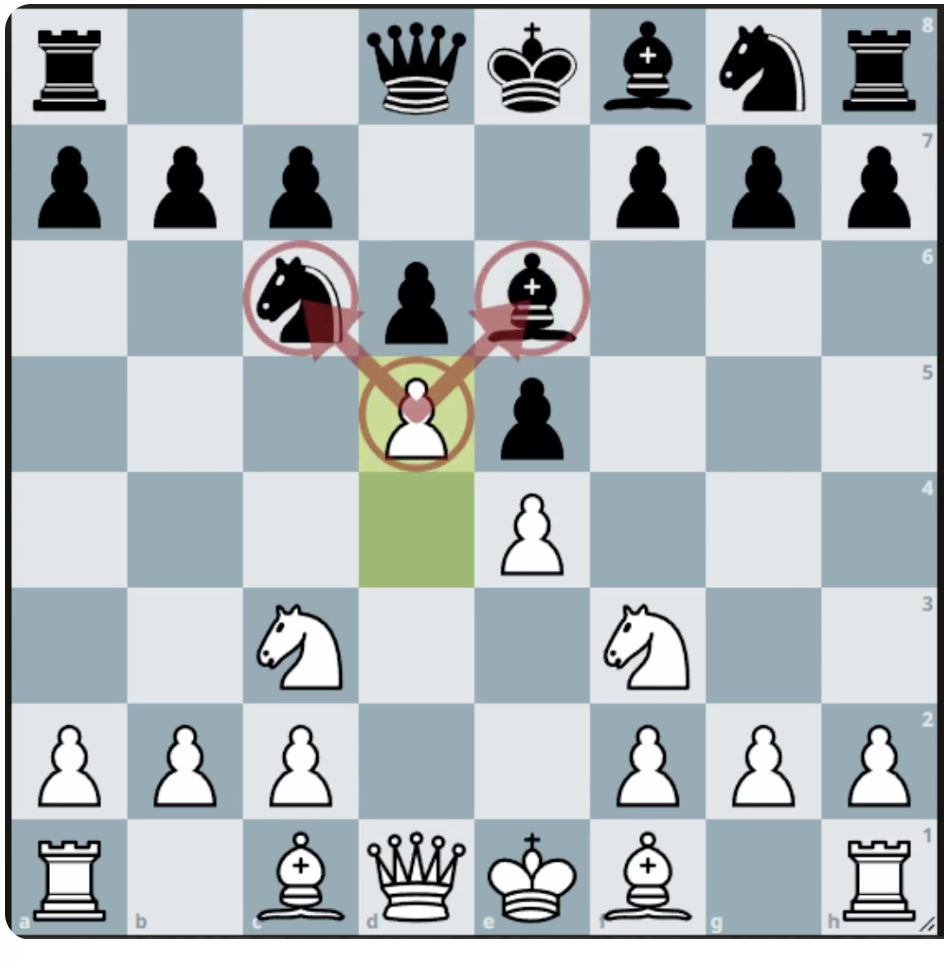
Keep a watchful eye on the position of your opponents pieces, a pawn can fork just like any other piece and win material.
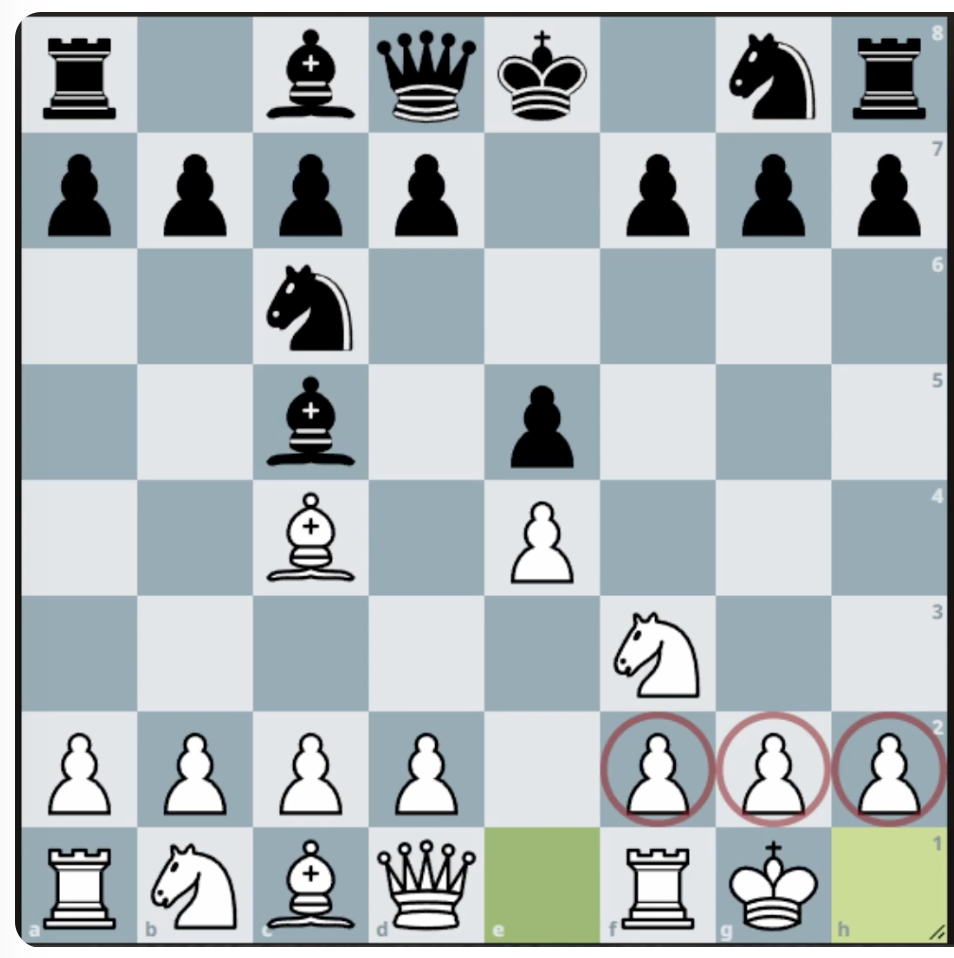
Once castled try to keep the pawns close to the King to shield it from attack, if any of these pawns move forward they create a weakness in the Kings defence. remember, any pawn move can cause a weakness somewhere.
It’s like a jail cell for the King.

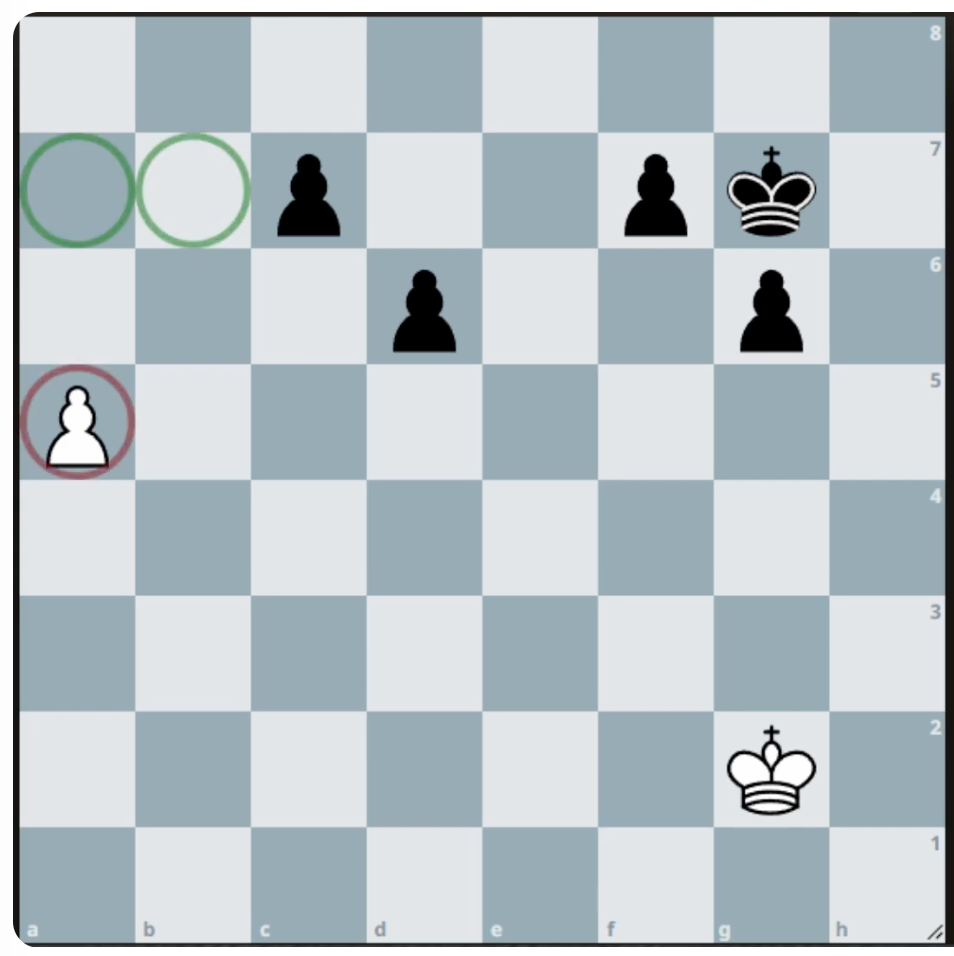
A passed pawn is one that has no opposing pawns in front or at the side to stop it becoming a Queen. As in this example there are no pieces left on the board the pawn can easily move to a8 and Queen.
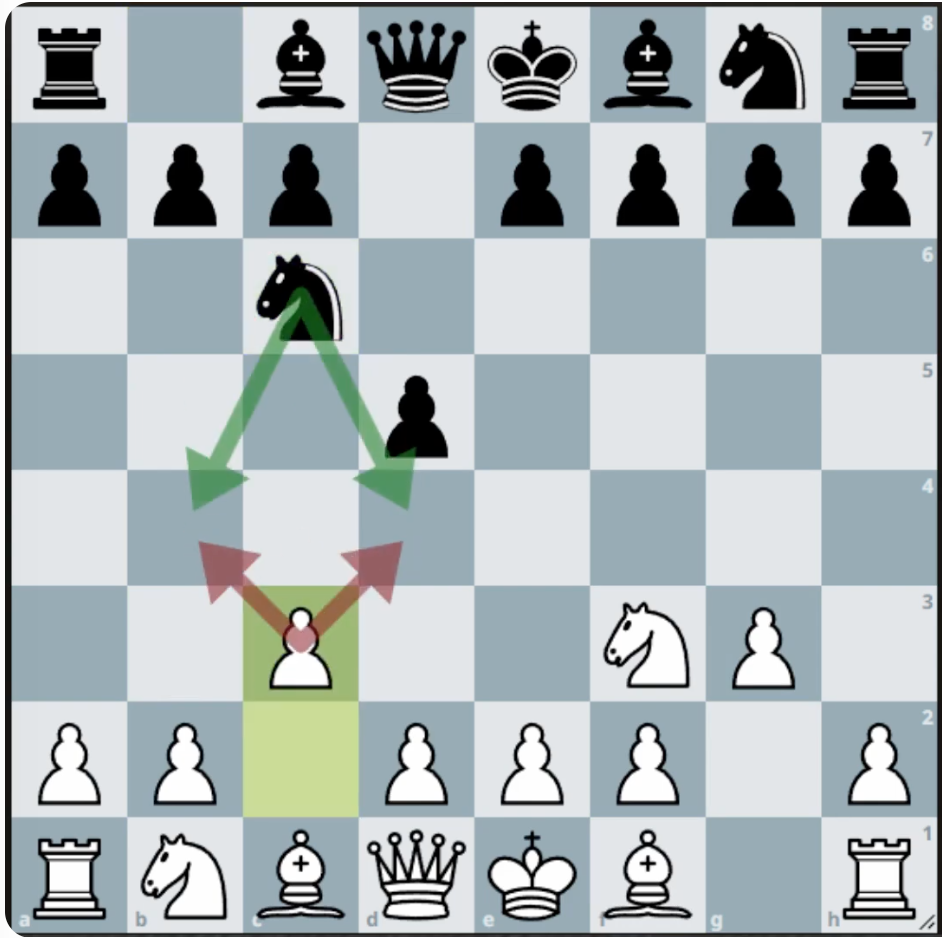
Use pawns to control Knight moves, here a simple move to c3 stops the Knight going to b4 or d4.
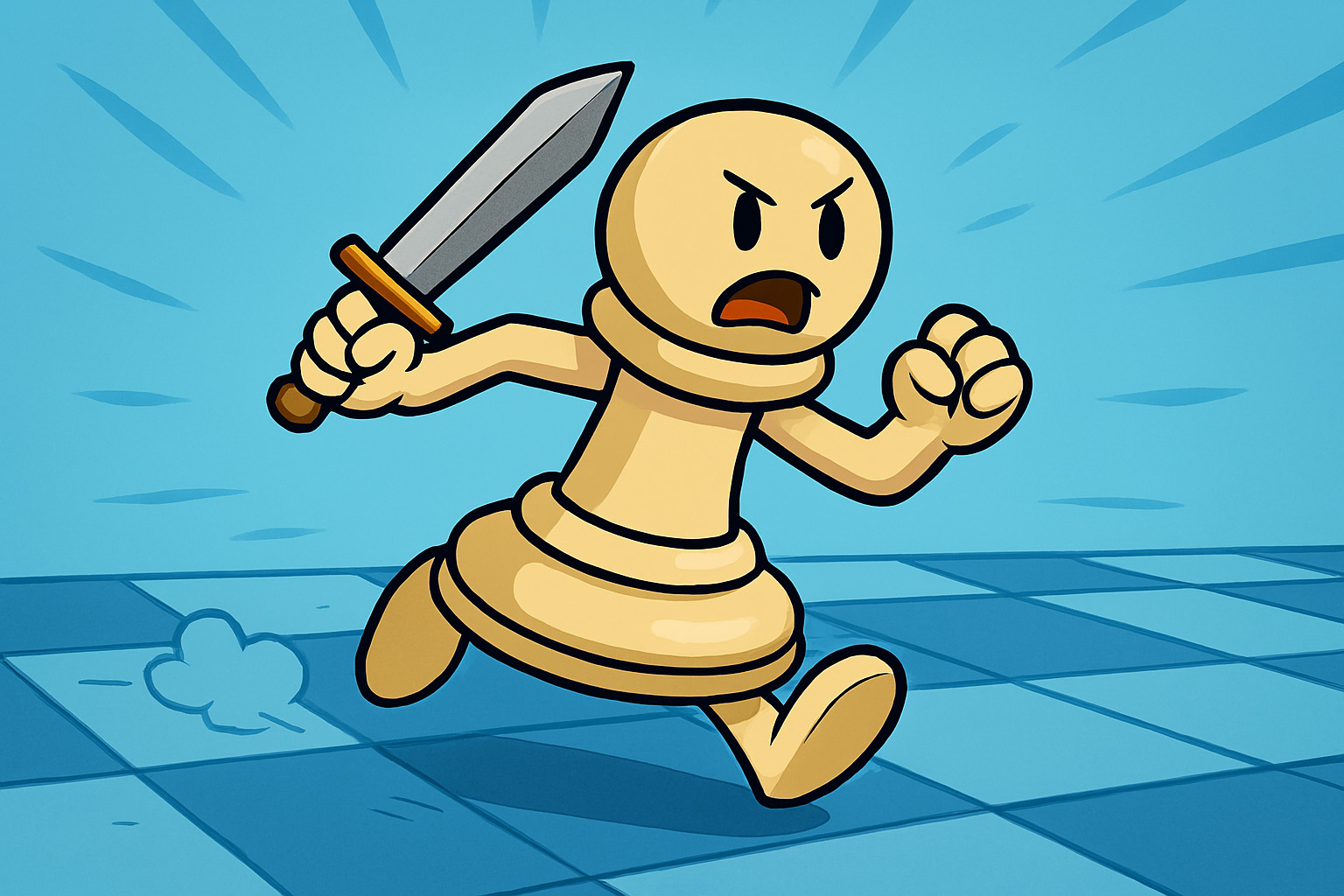
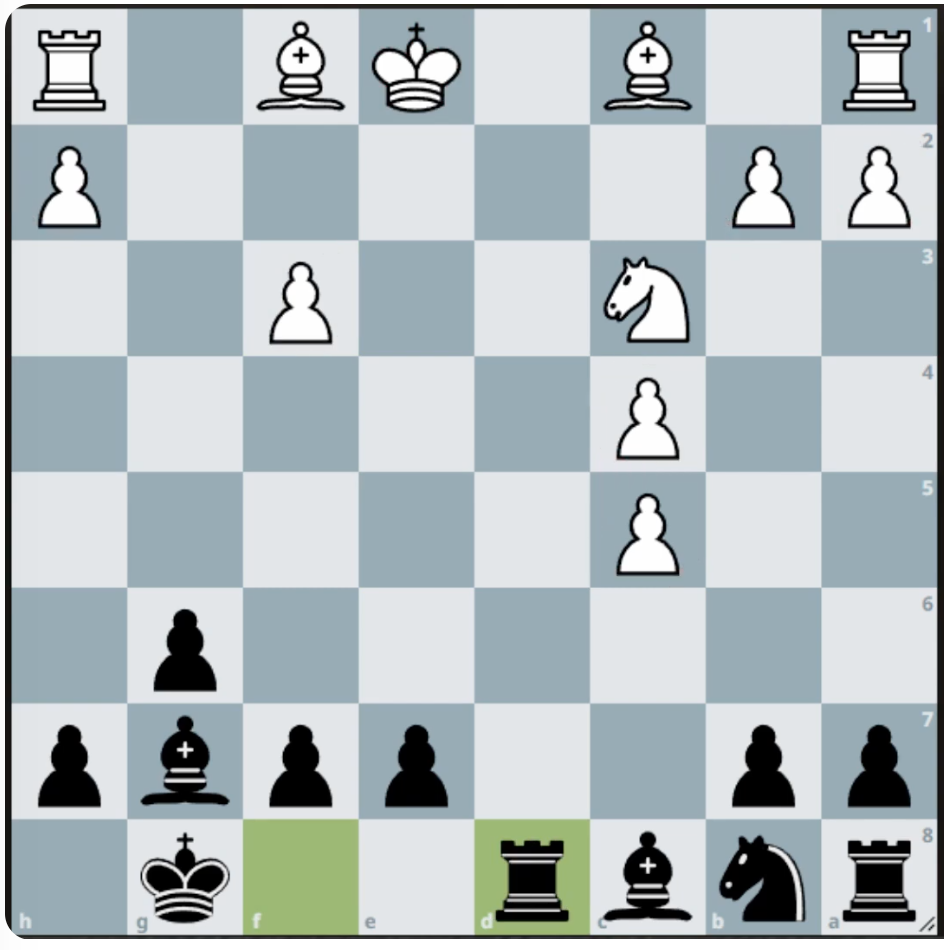
Try to keep your pawns connected, here White has an isolated pawn on h2 and f3 which can be easily attacked, there are double pawns on the c file which is also bad. Black has a much better pawn structure.
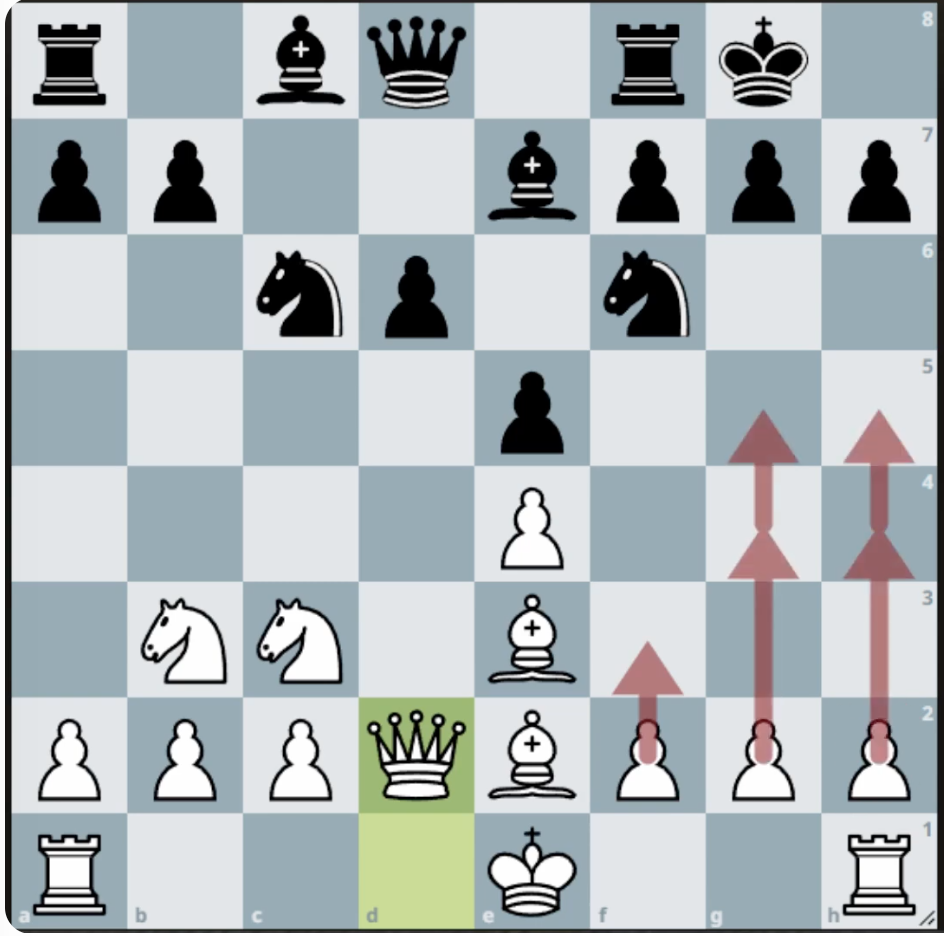
If your opponent has castled and you haven’t, it’s worth considering a pawn storm. This is where you advance your pawns towards the castled king and break open his defence. Here White is ready to follow up the attack with Rooks on the h file and Bishops and Queen all ready to support the running foot soldiers.

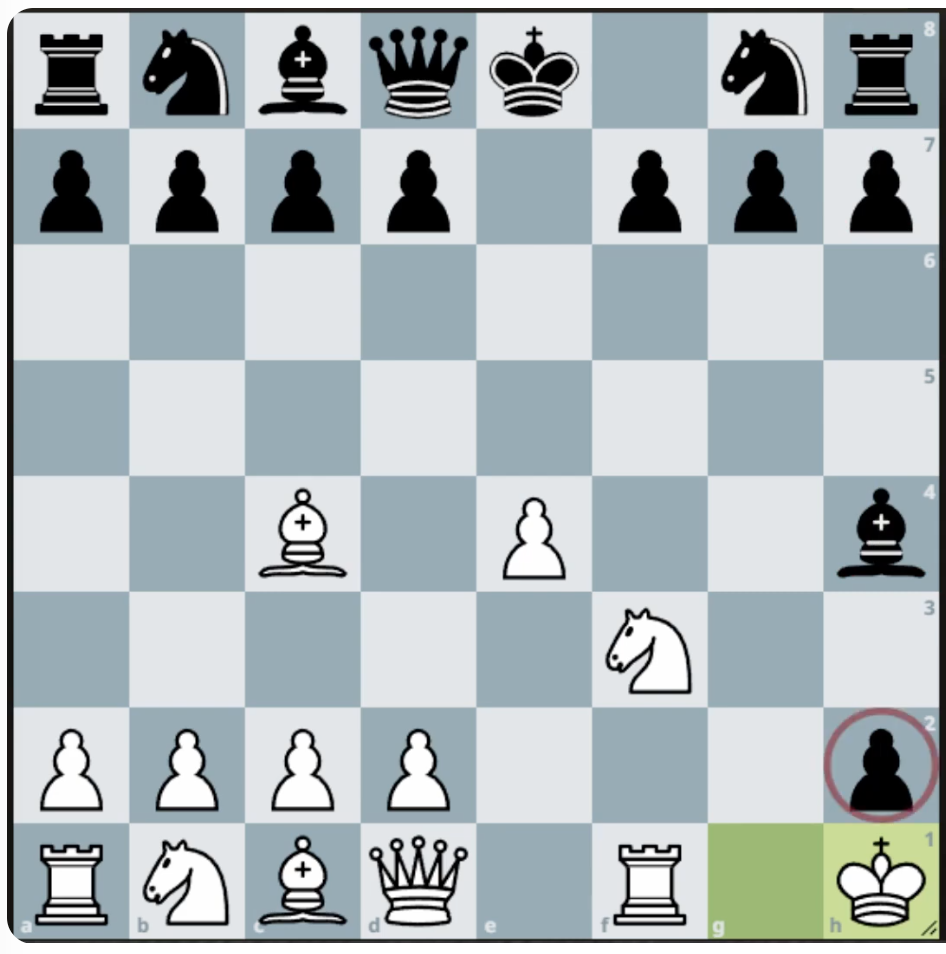
If an opponents pawn reaches the 7th rank, it may be better to not take it and hide in front of it, after all Black can’t take his own pawn. If the White King takes it, in this position he would be exposed to a quick attack from Blacks Queen and Bishop combo.
The Minority Attack:-
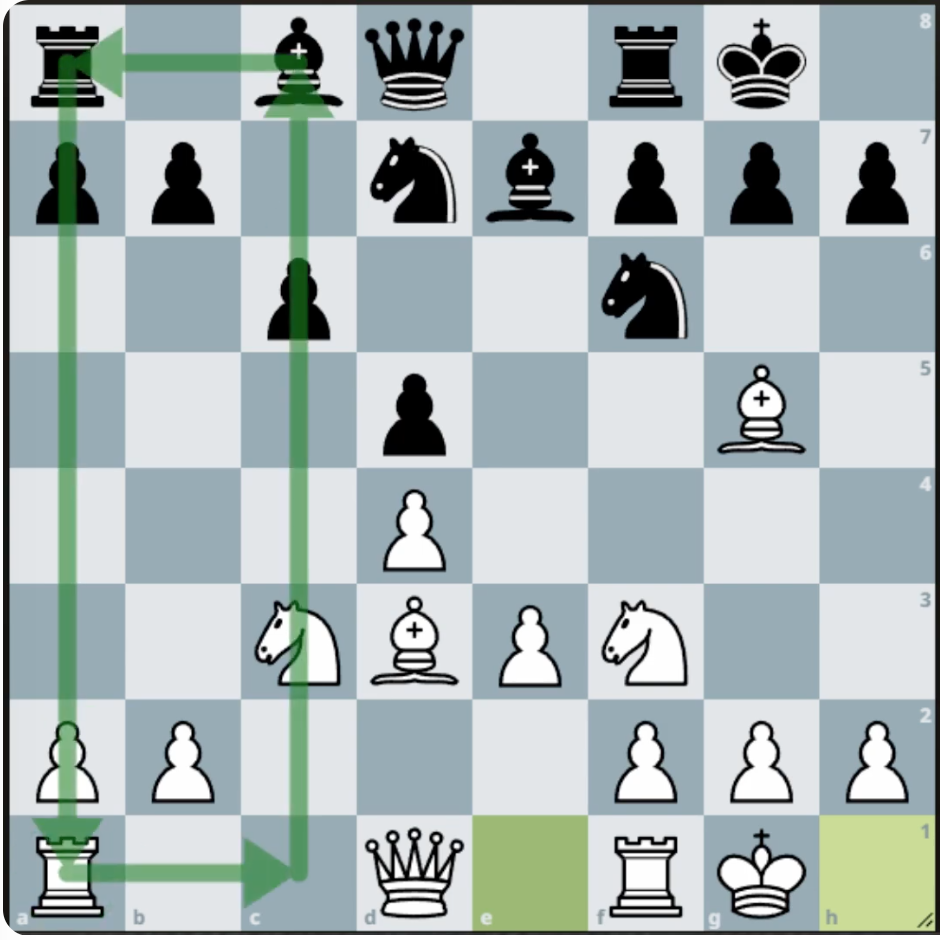
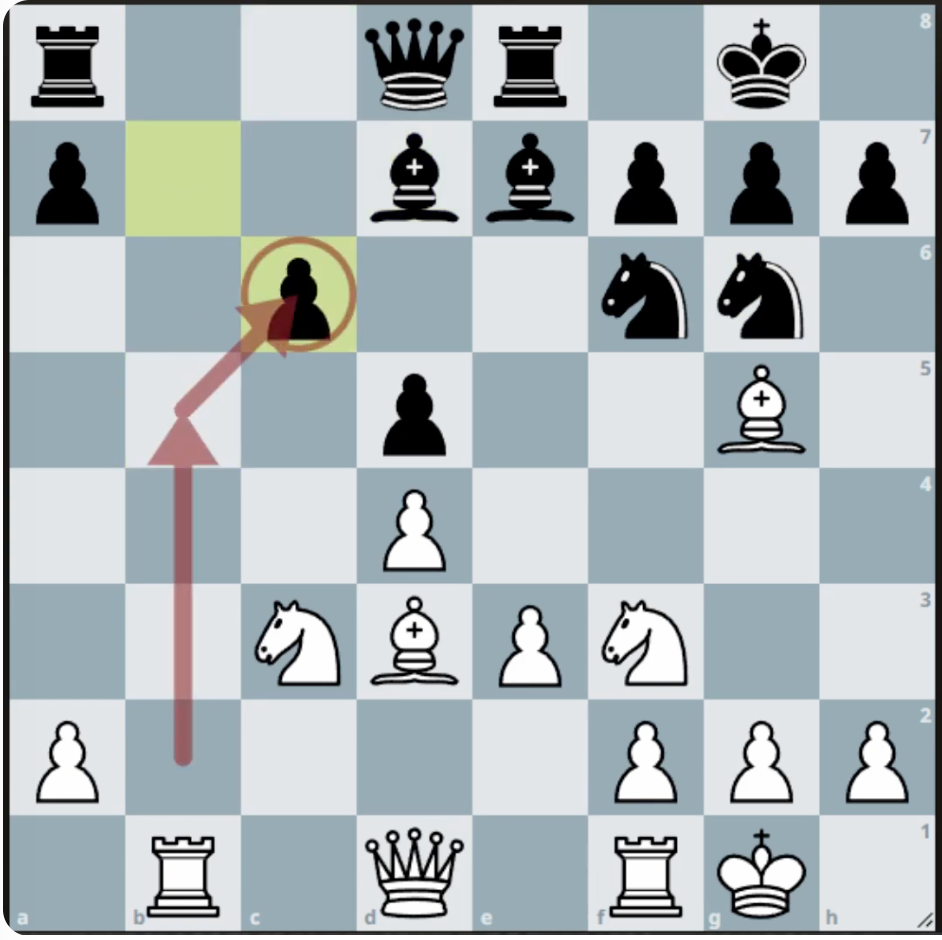
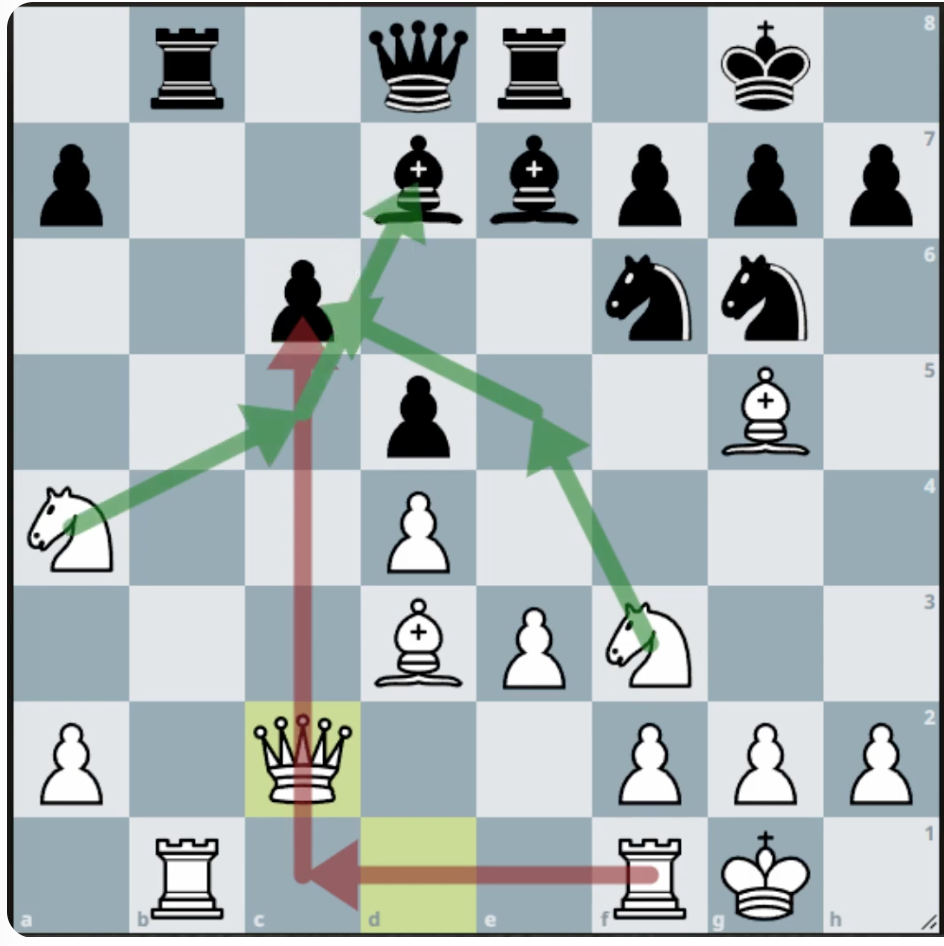
When your opponent has more pawns than you on one side we can start what we call a ‘minority attack’, in the first image above this is highlighted in green showing 2 pawns for white against 3 pawns for black. To break this up (in this simple example and if Black allows it) advance the b pawn (in some cases along with the ‘a’ pawn) and take the pawn on c6, Black takes back as in image 2, this then becomes what we call a Backward pawn, which is weak as only a piece and not a pawn, can protect it, this can then be attacked as in image 3 above.
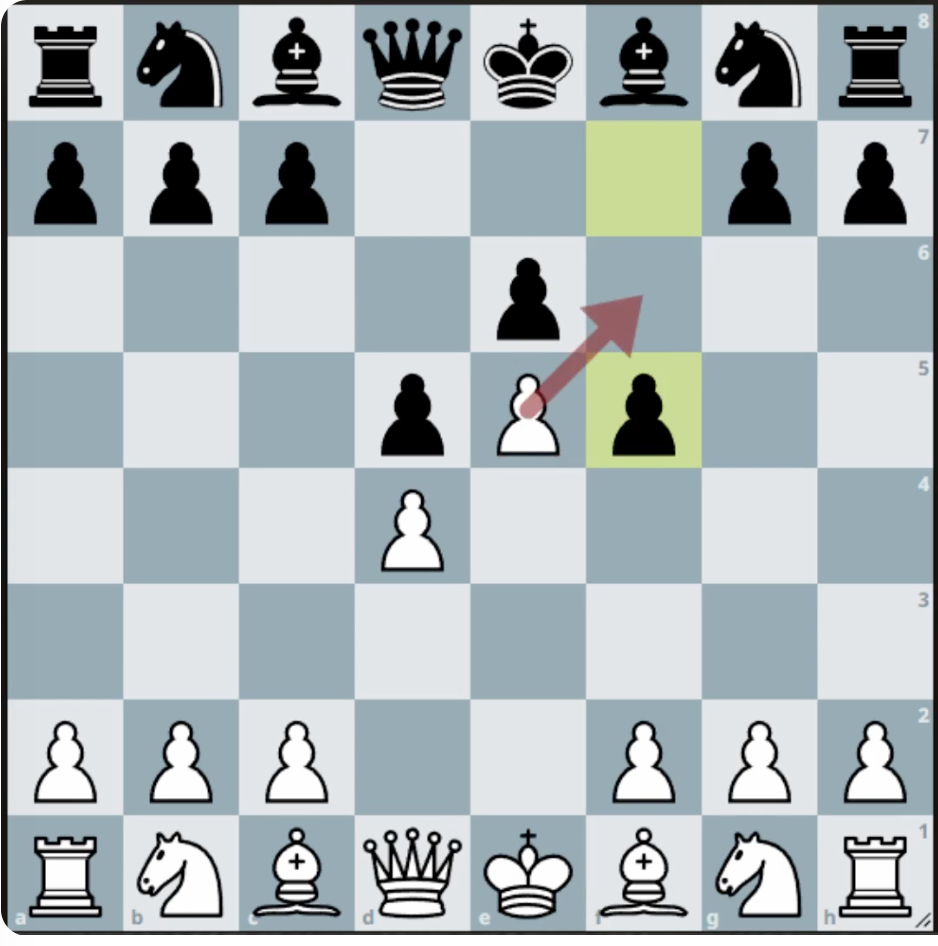
Finally, the magic trick of En Passant, if you have a pawn on the 5th rank and your opponent moves their pawn 2 squares as shown, you can take it as if it had only moved one square, you don’t have to take it, but if you do, it must be captured on your very next move.